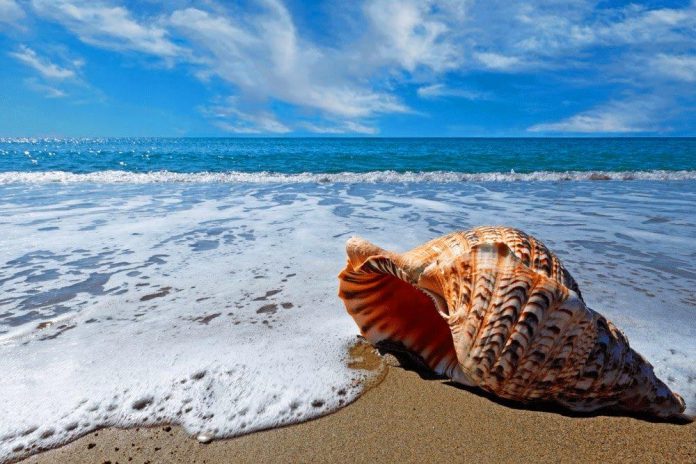Etnia Nativa through Island Insight shares our native cultural awareness, educates and safeguarding Aruba’s heritage by elevating each reader into an island keeper state of mind. Be encouraged to discover in every episode the true native effect, live it, discover more reasons to love Aruba and live up your island adventure in an authentic revealing way.
Our island is a tiny tourist destination with a fragile ecosystem, covering thousands of years of history. Here is when Etnia Nativa’s main objective comes to mind, sharing information through education. We believe in when you love and value what you have; ones greatest desire becomes to protect it.
By now we are very much aware that massive industrialization has devastated marine life and depleted the bio diversity of costal habitats and natural environment all around the globe. By means of our episode we inform and share our concern when one million tourists carries away whatever they pick up in nature on our island, like seashells, which today are protected by law. Since many could have and historical as well as an archaeological values or significance.
We know that massive industry devastates marine life and habitat worldwide. At least 50,000 mollusk species inhabit the Earth, some shells are harvested for their meat, others like the chambered nautilus, known for its beautiful, coiled multi-colored protective casings are collected solely for decorative purposes.
Government of Aruba has established by law AB 2018 no. 77 on December 21, 2018 several marine protected areas or zones, under the administration of the Aruba National Park Foundation (FPNA) on April 16, 2019 Currently, marine protected areas vary in type and range from wildlife refuges to facilities research. Within these areas, human activity is restricted for conservation purposes to protect both natural and cultural resources, in accordance with the international CITES treaty and our local law that protects our flora and fauna, it is completely prohibited to take any seashells, sand, coral, stones or anything you find, outside the island, this in order to respect and protect our environment. Concealed items in your luggage will be confiscated and the perpetrator may incur high legal costs of attorneys, fines and non grata suspension.
Cultural and historical heritage.
However this was not always, our ancestors used marine shells were used in making rhythms, body decoration, jewelry, tools and weapons etc. Since the existence of man, raw marine materials were scrutinized for the elaboration of all kinds of unimaginable artifacts and as a useful ingredients and a variety of purposes.
Tribal artisans were highly regarded artists and some of them believed in the ability to transferring spiritual powers by their work. Survival and culture goes hand in hand and the artisan uses everything he can put his hands on. Shells had their physical purpose, and the need of exhibiting ones social status. All this had its incessant demand on natural supply when it came to the hand of experienced craftsmen who elaborated such social outfits.
These artistic creations worked perfectly as a medal of bravery for a warrior as a token of appreciation or as a tired magic totem, a “counter” to ward off omens and bad spells. Others had to promote healing and spread cleansing powers.
Strombus shells or Conch were on many occasions the basic material used in the manufacture of the so-called Quiripa beads. Many that were found had one or more holes in it and in some cases a semi-drilled hole that is believed that was unfinished. Many “button” as Aruban’s calls these shell beads for their similarity to a button, were discovered and rescued during archaeological excavations in many parts of the island. Santa Cruz between many was a highly organized and an important central settlement during Aruba’s precolonial era. In Sta. Cruz is a place called “Boton” referring to the many shell buttons that were found in that area.
If you love to explore Aruba we encourage you to do something different, outside the tourist grid. Become one of our exclusive visitors at Etnia Nativa, where you will be able to admire native art collections, archaeological artifacts and historical furniture while the installation itself and the lecturer will transform your mind set from an simple observer in to an conservator.
Since 1994, Etnia Nativa, which is a private residence and home of our columnist/artist, Anthony Croes, sharing with tourism an authentic view of Aruba.
Anthony guides each guest step by step during the visit so take some time away from the beach scene, book your visit and feel the native effect! R.S.V.P. etnianativa03@gmail.com or whatsapp + 297 592 2702.




















